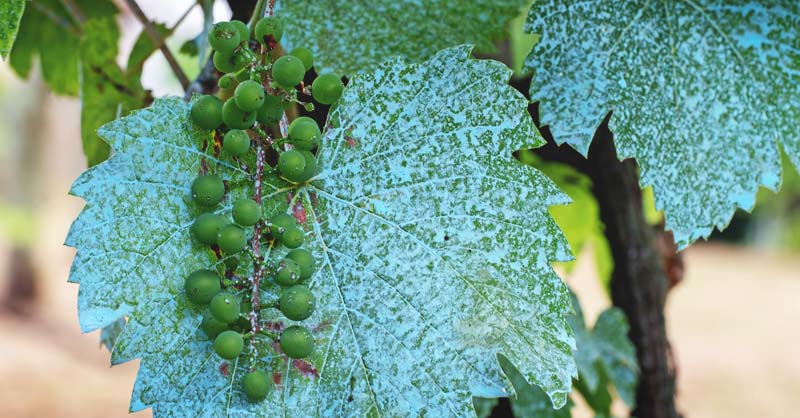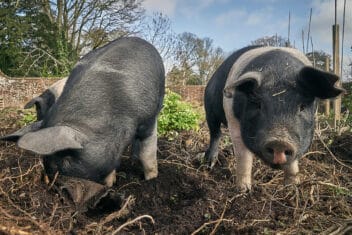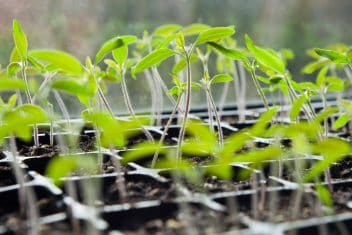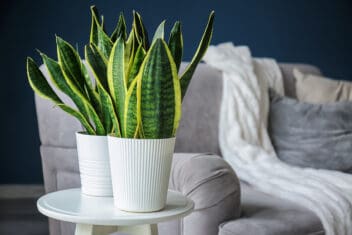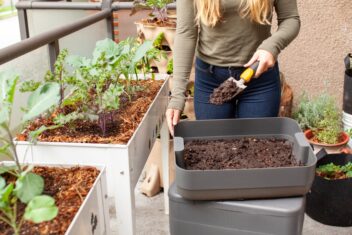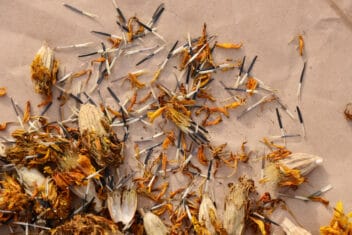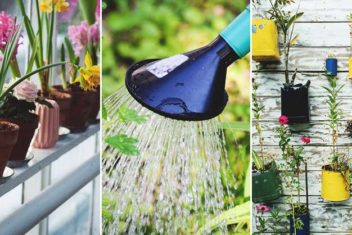There was a time in my life that I used to think anything called a fungus was a bad thing. Now that I grow an organic garden with soil full of beneficial fungi and eat shiitake mushrooms daily, I realize that fungus is a broad term that encompasses a whole host of life forms – both amazingly good and (less often) terribly bad.
I have also learned that healthy, organic gardens grow better when your soil contains large quantities of diverse fungi. Unfortunately, even the best organic gardens can run into problems with fungal pathogens from time to time. The big challenge is, how do you control the bad guys without also harming the good guys?
The truth is every time you use a fungicide, you run risks for upsetting your soil life balance. However, you can minimize your risks by doing careful research before you apply any fungicide and understanding your available choices.
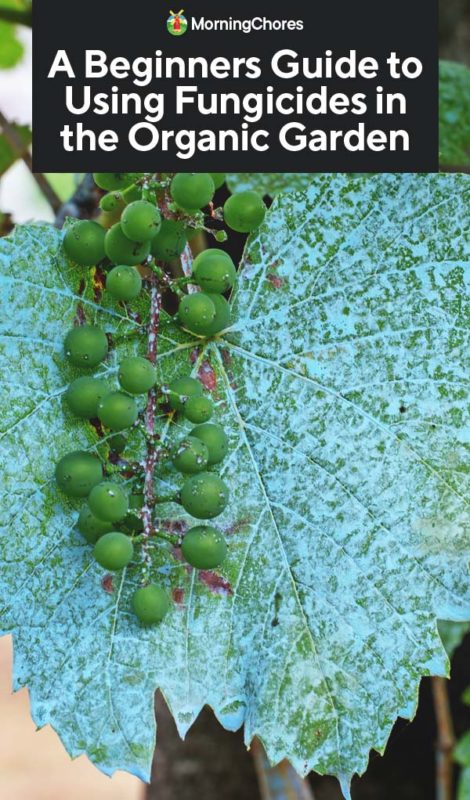
Types of Fungicides
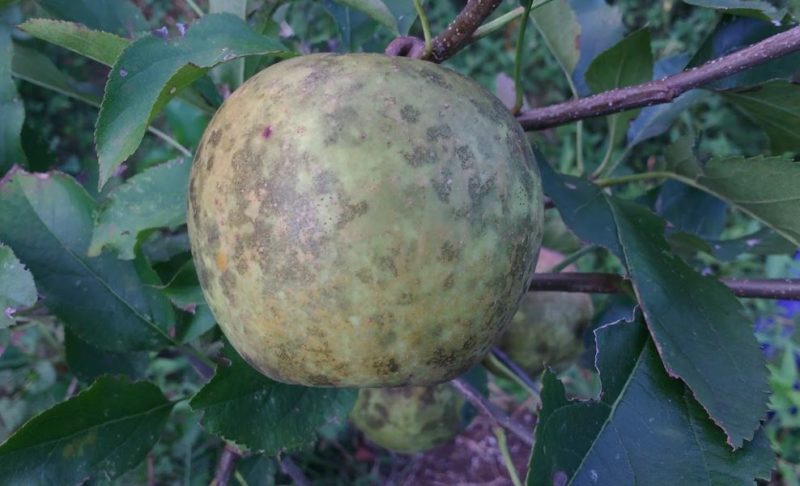
Fungicides come in many forms. Here’s a look at the many kinds you are likely to run into when you do your research and decide how to tackle your particular risks:
Protectant Fungicides
Some fungicides can be protectant such as horticultural or neem oil. These substances basically block the transmission of fungal pathogens that are spread by wind or insect carriers.
Other natural protectants like whey, actively aerated compost tea, and commercial foliar fungicides (e.g. Oxidate, Bonide) also protect against fungal infections when sprayed on leaves by killing spores before they infect your plants.
– Apply Often
The challenge with protectants is that they must be applied often, usually at intervals of 10-14 days and after heavy rain. They are also only effective if used continuously when fungal pathogen transmission is likely to occur.
– Apply Right
If applied at the wrong time, protectants can also be lethal to plants or production. For example, neem oil sprayed before bud break can be a good protectant. If sprayed on hot days though, it can kill leaves and buds. Or, if applied when flowers are open, it can discourage pollinating insects from doing their jobs and effectively ensure plants don’t produce fruit.
Still, protectants are generally the safest form of fungicide for your soil, as long as you know when to use them (and when not to). Also, make sure to only use them in the necessary quantities. High concentrations can also be detrimental to plants and soil health.
Systemic/Penetrant Fungicides
Some fungicides can also be systemic, or penetrant, meaning that they take up residence in the soil and are then absorbed by your plants from the roots. This can provide longer-term protection, but will also have a longer effect on your soil health.
Whenever instructions call for spraying the soil or watering in a fungicide, rather than just foliar spraying on leaves, you’ll want to do additional research to ensure safety for your soil. Copper, for example, is often used both on leaves as a foliar spray and as a soil drench to kill fungal pathogens.
Copper, though, is a toxic metal in high doses. It is known to accumulate in the soil with regular use. Due to risk for toxicity, many people who have vineyards and orchards have limited their use of copper as a fungicide to avoid health risks from accumulation over time.
Broad-Spectrum Fungicides
Fungicides can be also be classed as “broad-spectrum” with the ability to control many fungal pathogens with one product. These are also effective for a large variety of plants.
Unfortunately, broad-spectrum fungicides also tend to do quite a bit of harm to beneficial fungi as well. They can dramatically reduce the nutrient availability in your organic soil by reducing the kind of biolife that work to feed your plants. They also tend to have a much longer-term impact on soil health.
Unless you have no other options, it’s better for soil health to steer clear of broad-spectrum fungicides as a general rule.
Targeted Fungicides
Some fungicides specifically target only one or two kinds of fungal pathogens or only work on a few kinds of plants. These tend to be safer to use. However, they require that you accurately identify the fungal pathogen or risks or they won’t be effective.
Even many experienced gardeners misdiagnose fungal pathogens due to similarities in symptom appearance. Before you use a targeted fungicide, make sure you are certain which pathogen you are up against.
Consider sending your plant matter for lab verification. Or have an agricultural or horticultural agent help confirm that you have accurately identified your culprit.
Biological Fungicides
There have been a lot of exciting new developments related to our understanding of fungal pathogens. For example, researchers are beginning to identify some kinds of less dangerous fungal pathogens that effectively make a plant turn on their immune system.
That immune response then also protects the plants from the sneakier and more dangerous fungal pathogens that us gardeners are really worried about. It’s kind of like an early warning system that makes plants shore up their defenses to fight off potential infestations through preparedness.
Also, beneficial bacteria are being identified, cultivated, and packaged as soil additives and foliar sprays to basically provide a line of defense against dangerous pathogens. These kinds of biological solutions show a lot of promise with regard to safety and utility.
The big issues at this point are that biological solutions tend to work only short-term, are costly, and really only work well for early prevention.
Fungicide Seed Coatings
Organic seeds are sometimes coated with nutrients and beneficial micro-organisms to help with seedling development. Conventional seeds, though, are sometimes coated with systemic, broad-spectrum fungicides that can persist in the soil for years.
When you plant those fungicide coated seeds in your soil, they protect your seedling and your adult plants from many common fungal pathogens. Unfortunately, they also linger in the soil even after the crop is removed.
For example, I accidentally bought seeds that were coated with metalaxyl. I did research before planting and discovered that the fungicide has a half-life of 400 days which means it can persist in the soil for years. It is also known to be damaging to aquatic life and can pass through soil to groundwater according to the product EPA Fact Sheet.
Scientific studies also show this product can reduce microbial life in general and may bind nitrogen in the soil making it inaccessible to plants.
Personally, I now avoid any kind of coated seeds not rated for organic use because the risks to the overall health of my garden are simply too great.
Good Fungal Management Decisions
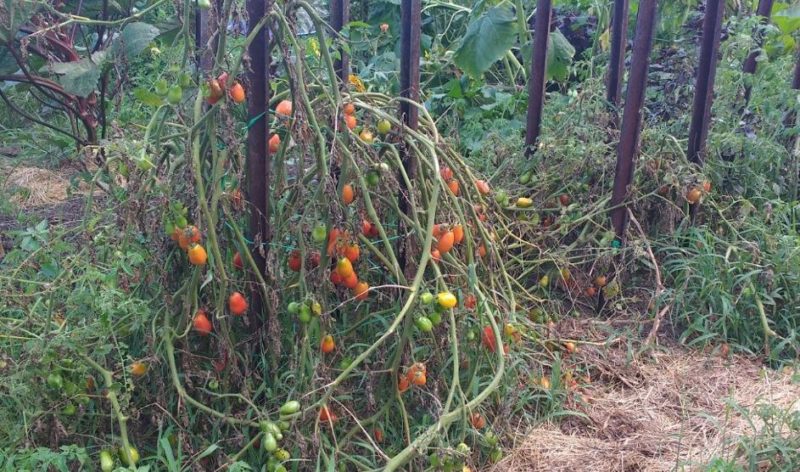
Now that you have a good idea of what kind of fungicides are out there, let me give you some tips to help you manage your risks based on my own experience.
1. Choose Fungal Resistant Plant Varieties
Fungal pathogens are nothing new. People have been dealing with them in gardens and fields for ages. Think of the Irish potato famine.
They can devastate crops and create serious challenges for gardeners and growers. But, we’re also quite good at overcoming those challenges.
One of the easiest ways to limit your risks is to take advantage of other people’s work breeding plants that are naturally resistant to certain fungal pathogens. For example, there are plenty of tomatoes varieties that are resistant to fusarium wilt.
There are also lots of fruit tree varieties that have been selected over time for their natural fungal pathogen resistance. Fungal pathogen-resistant trees have varying degrees of natural immunity to things like rusts, powdery mildew, fire blight, and scab.
2. Use Good Gardening Practices
It takes three things for a fungal pathogen to gain a foothold in your plants:
- First, the pathogen must be present in the soil.
- Second, your plant must be susceptible to make a good host.
- Third, environmental conditions must be right for the pathogen to propagate.
I had my first case of fusarium wilt in my tomatoes this year. Fusarium wilt causing fungi are rampant in my area. Yet I never had the pathogen impact plants until this year.
It happened because I got lazy and didn’t stake my tomatoes properly. Then, I left my garden unwatered during a series of extremely hot, dry days. Without being well-watered, my soil temperatures soared creating the perfect conditions for fusarium to take over.
Most fungal pathogens can be kept in check simply by taking good care of your garden.
3. Take a Probiotic Approach
I eat multiple kinds of uncooked, fermented food daily. I also eat organic vegetables raw as often as I can. The reason why I do this is that I know these things are good for my gut health. And, a healthy gut makes me more resistant to whatever tries to attack my body.
Soil is very much like the gut for your plants. It pre-digests nutrients to make them available for your plant roots to take up. If your soil has all sorts of beneficial life including lots of good fungi and bacteria, your plants will also be better able to fight off risks from fungal pathogens.
– Probiotics for Soil
Probiotics for your garden come in the form of well-aged compost, compost tea, actively aerated compost tea, fish emulsions, stinging nettle or comfrey teas, and more. You can also inoculate your soil with mycorrhizae and effective microorganisms.
– Worm Castings
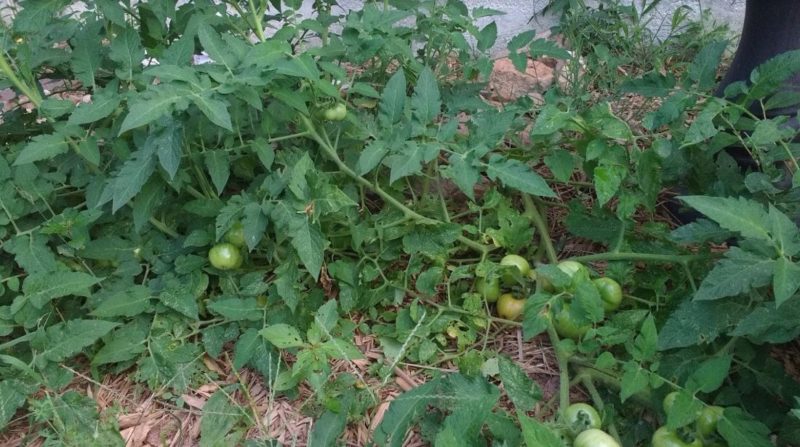
Plus, I am completely convinced that worm castings make plants more fungal pathogen resistant. Those fusarium wilt tomatoes I mentioned were actually part of a little garden experiment I did this year to put some of my own practices to the test.
I planted some tomatoes without worm castings and neglected them. I planted other tomatoes with worm castings and neglected them as well. Those planted in worm castings showed no signs of infection.
Judicious Use of Fungicides
Sometimes you have no choice but to use fungicides. In that case, here are some pointers to help protect your garden:
1. Be Strategic
Treat early using the most appropriate solution you can find. You may need to do some deep research to choose the best way to prevent your particular fungal pathogen. But it’s better to use the right solution up front than to let the situation get out of hand.
Some products are only somewhat effective on certain pathogens. Their label might say they are legal to use on your plant. Check out the data on effectiveness though before you put that stuff in your backpack sprayer.
2. Avoid Systemics
Now, I said “backpack sprayer” on purpose above. That’s because in my research so far, foliar solutions are the only ones I have found that don’t have long-lasting consequences for organic soil. There may be some soil-based solutions out there that I don’t know about.
Overall though, foliar solutions seem to get the job done with fewer long-term environmental impacts. Be careful not to damage your plants in the process.
3. Consider Natural Solutions
I use whey and actively aerated compost tea to treat most of my fungal problems. There are a few that they don’t work for and so I do use other options at times. But, those two tools, used as preventatives, keep most of my fungal problems in check.
I happen to live in a region with record numbers of fungal pathogens too, so that’s saying something!
4. Beware of Some Simple Solutions
I love the idea of using things like baking soda, which I buy in bulk for my goats, to solve my fungal issues too. Unfortunately, that particular chemical compound is not the most effective or safe for your garden solution.
Baking soda, also called sodium bicarbonate, degrades into a salt (e.g. sodium) that can cause the kind of toxicity you get from using salt-based synthetic fertilizers. Sure, it can be effective. But, it’s not a good organic solution for your soil.
Ammonium bicarbonate or potassium bicarbonate are better tools because they add nutrients like nitrogen and potassium to your soil rather than sodium as they degrade.
Baking soda is not the only home remedy with possibly dangerous soil consequences. So, personally, I like to look up “damage to soil from __________”, then plug in whatever I am considering using, as a search term. That helps me limit risks before I put my organic garden at risk by using seemingly simple solutions.
5. Beware of Organics Too!
Just because something qualifies for use in an organic garden doesn’t mean it’s beneficial for your soil. Copper and sulfur, for example, are commonly referred to as organic fungicides.
Copper accumulations can negatively impact the microbiology of your soil. It can also be taken up in your food and create potential toxicity for humans and livestock.
Sulfur lowers your soil pH. Accumulation of sulfur can also reduce the biological life in your soil and be as detrimental in the long-term as broad-spectrum synthetic fungicides.
6. Patch Test
Whenever you use a new product, make sure to patch test on your plant. Make careful observations to determine if that solution is right for you. Every soil and plant has different chemistry and make-up. So just because a product is rated for use with a certain kind of plant, doesn’t mean it’s safe to use in your yard.
7. Reconsider
Last year I had my best strawberry crop ever. I also had the worst case of anthracnose ever.
Now, there is no effective fungicide to treat strawberry anthracnose once it has set in. So, I pulled up the most infected plants, mulched under the plants I left in the ground and crossed my fingers.
Giving the plants a bit more room and preventing further transmission with mulch suppression actually solved the problem. I had incredible strawberries despite rampant anthracnose in my patch.
Often just increasing air circulation and suppressing spores by using mulch can slow down infestations and allow plants time to formulate their own response.
So even when you are convinced that you need to use a fungicide, take a breather! Think it through one more time to make sure you’ve tried all the other non-fungicidal answers before you commit fungicide.
Conclusion
Like our bodies, a focus on positive health in our gardens will give our plants better natural immunity to pathogens. For those rare times when cultural practices fail, doing deep research to find the best solution with the least impact to your soil life will help ensure the long-term health of your garden.

